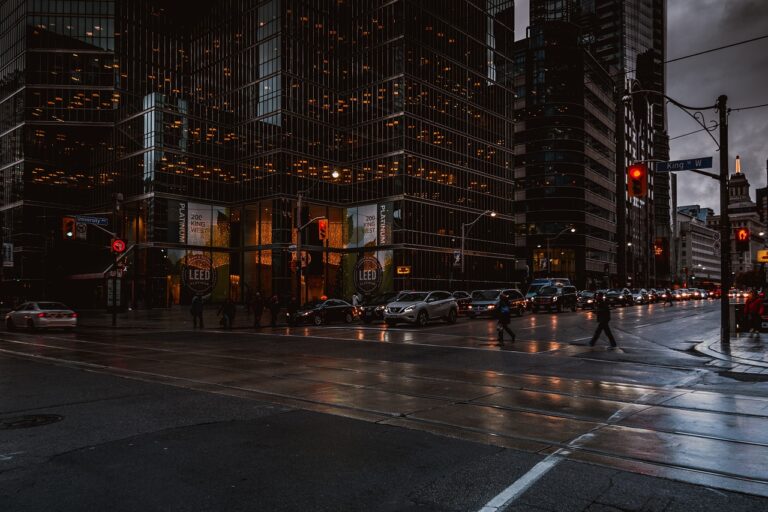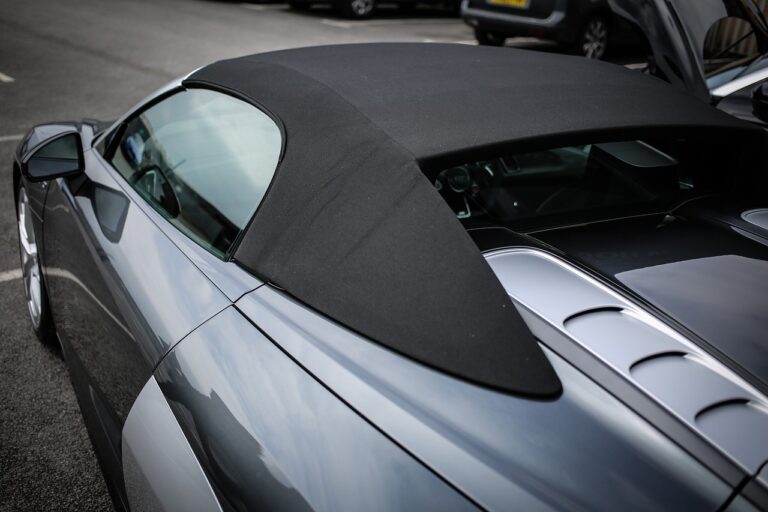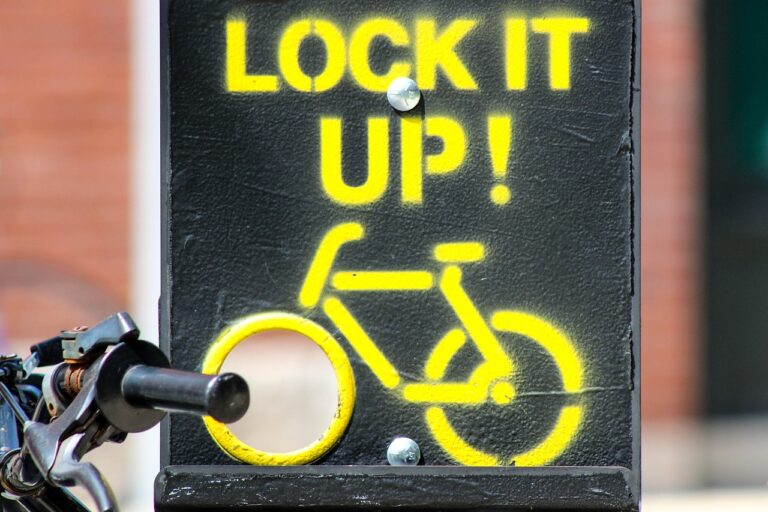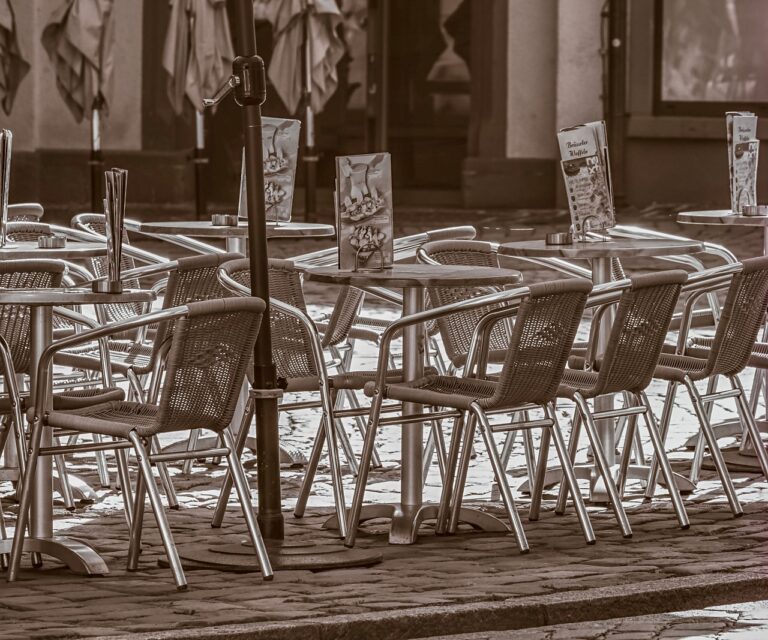The Impact of Urbanization on Car Ownership Models: From Ownership to Sharing
50 years ago, the primary mode of transportation in urban areas was often limited to personal cars. The rise of urbanization and population density has led to significant changes in how people move within cities. The need for more sustainable and efficient transportation solutions has given rise to new options such as public transportation, bike-sharing programs, and ride-sharing services like Uber and Lyft.
As cities continue to grapple with issues like traffic congestion and air pollution, innovative forms of transportation are being developed to address these challenges. The integration of technology has played a crucial role in transforming the urban transportation landscape, with the advent of electric and autonomous vehicles paving the way for a more environmentally friendly and efficient future. The evolution of transportation in urban areas is an ongoing process that requires adaptation and collaboration among stakeholders to create a more sustainable and accessible transportation system.
Challenges of Traditional Car Ownership in Cities
Traditional car ownership in urban areas poses numerous challenges for city dwellers. One of the main issues is the limited availability of parking spaces, leading to congestion and frustration among drivers. In densely populated cities, finding a parking spot can be a time-consuming and stressful task, adding unnecessary strain to the already hectic urban lifestyle.
Moreover, the high costs associated with owning a car in cities can be prohibitive for many residents. Expenses such as insurance, maintenance, fuel, and parking fees can quickly add up, making car ownership a significant financial burden. For those living in urban areas where public transportation is readily available, owning a car may not be a cost-effective or practical choice.
What are some challenges of traditional car ownership in cities?
Some challenges include traffic congestion, limited parking spaces, high costs for maintenance and parking, and environmental impact.
How is transportation evolving in urban areas?
Transportation in urban areas is evolving to include more sustainable options such as public transportation, bike-sharing programs, and ride-sharing services.
What are some ways to address the challenges of traditional car ownership in cities?
Some ways to address these challenges include promoting alternative modes of transportation, creating car-sharing programs, improving public transportation systems, and implementing policies to reduce car use.







